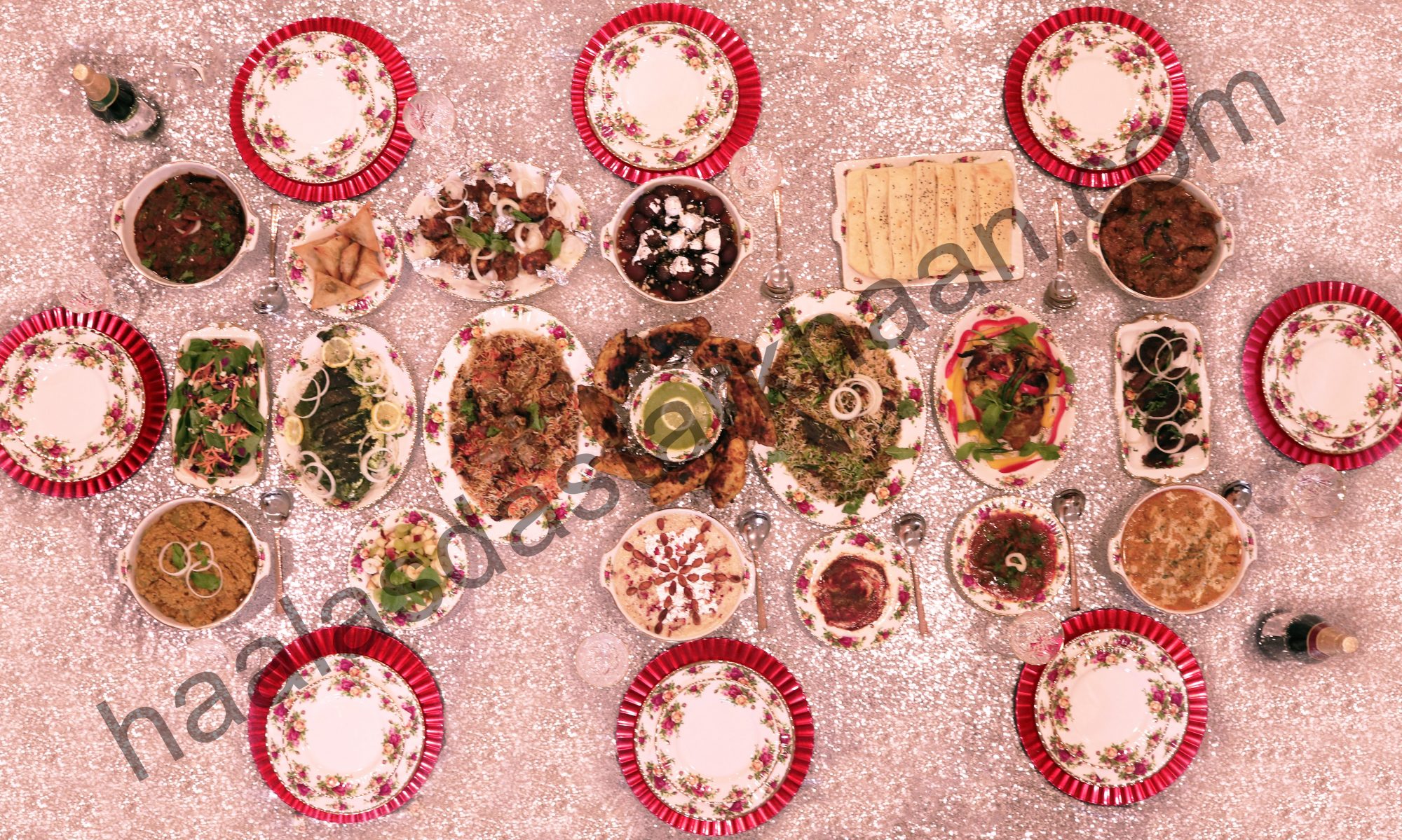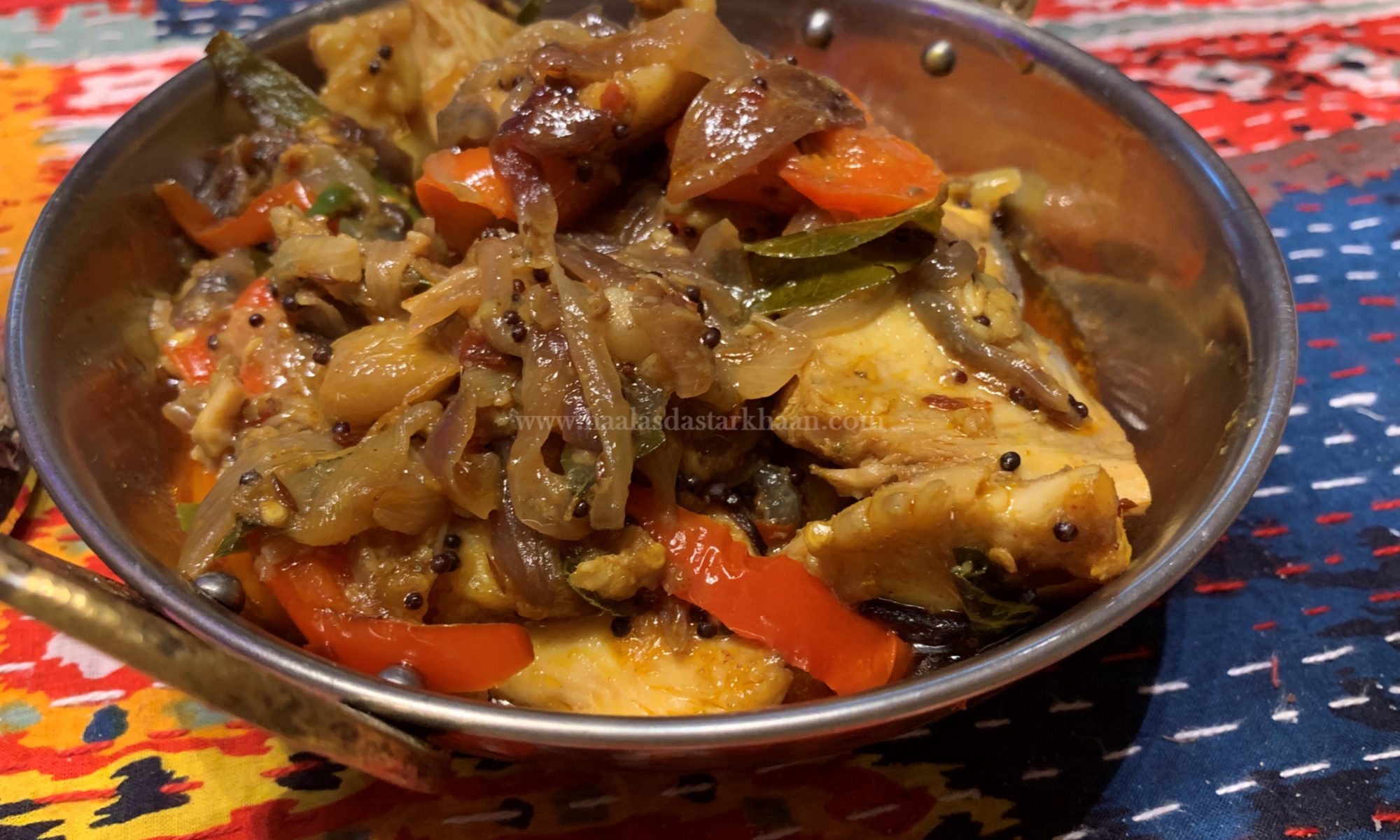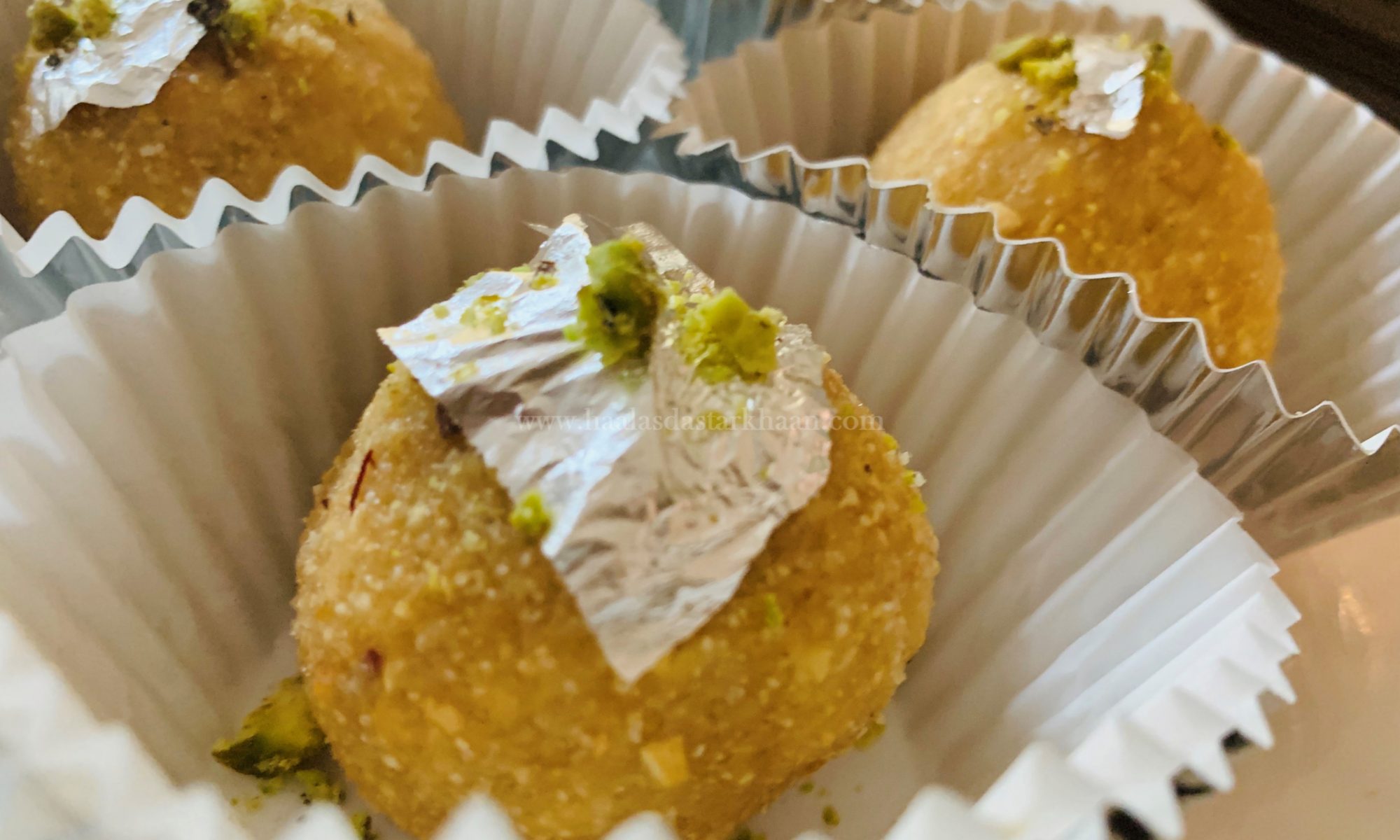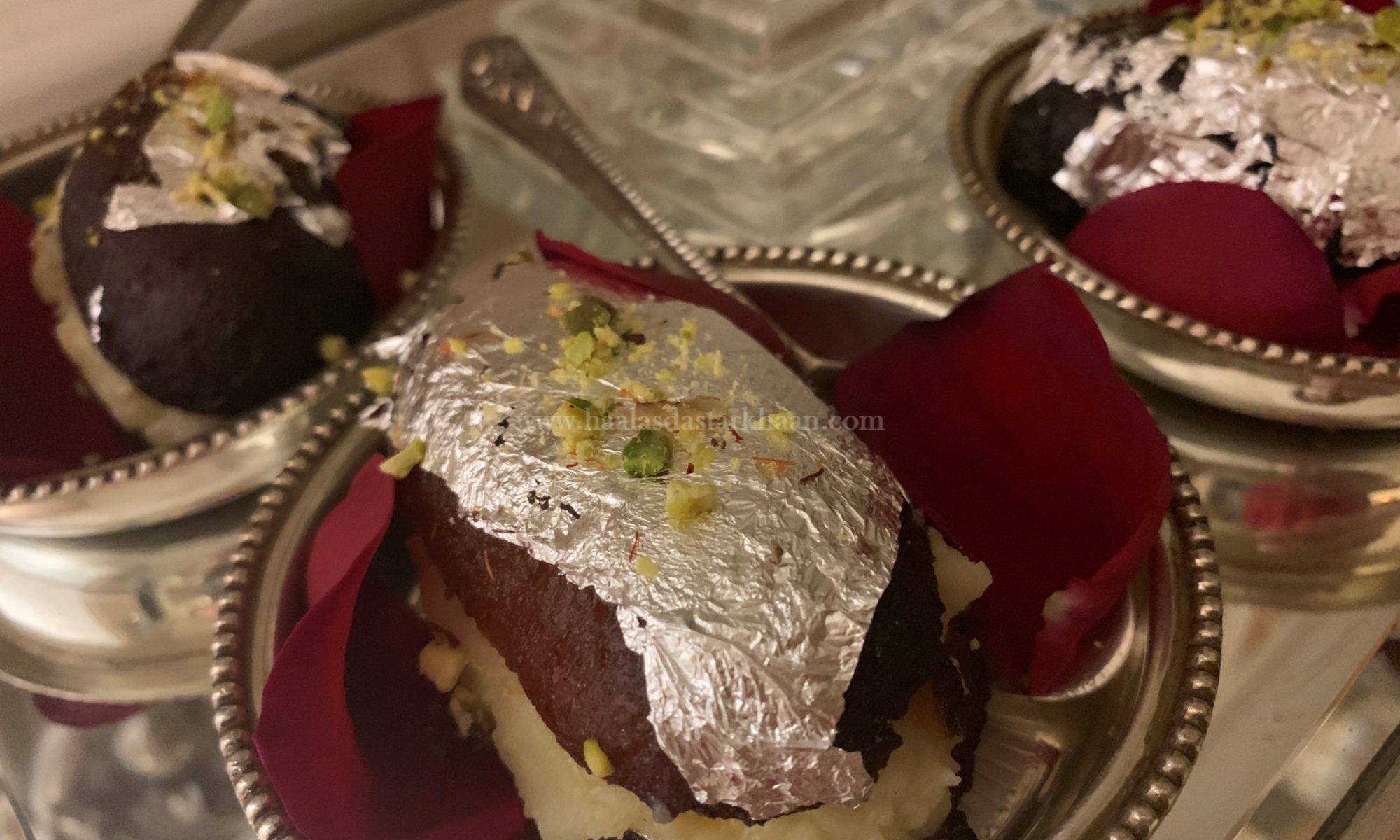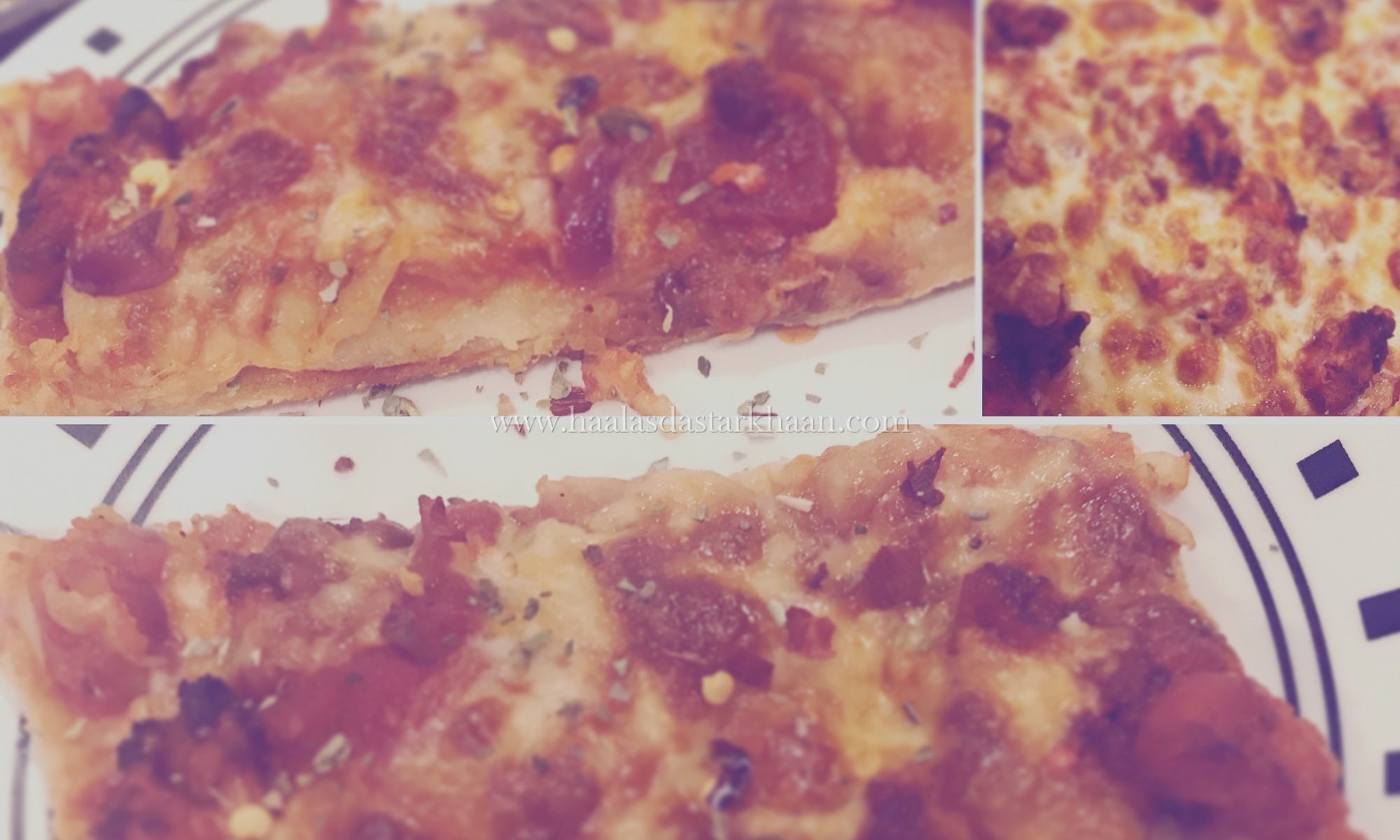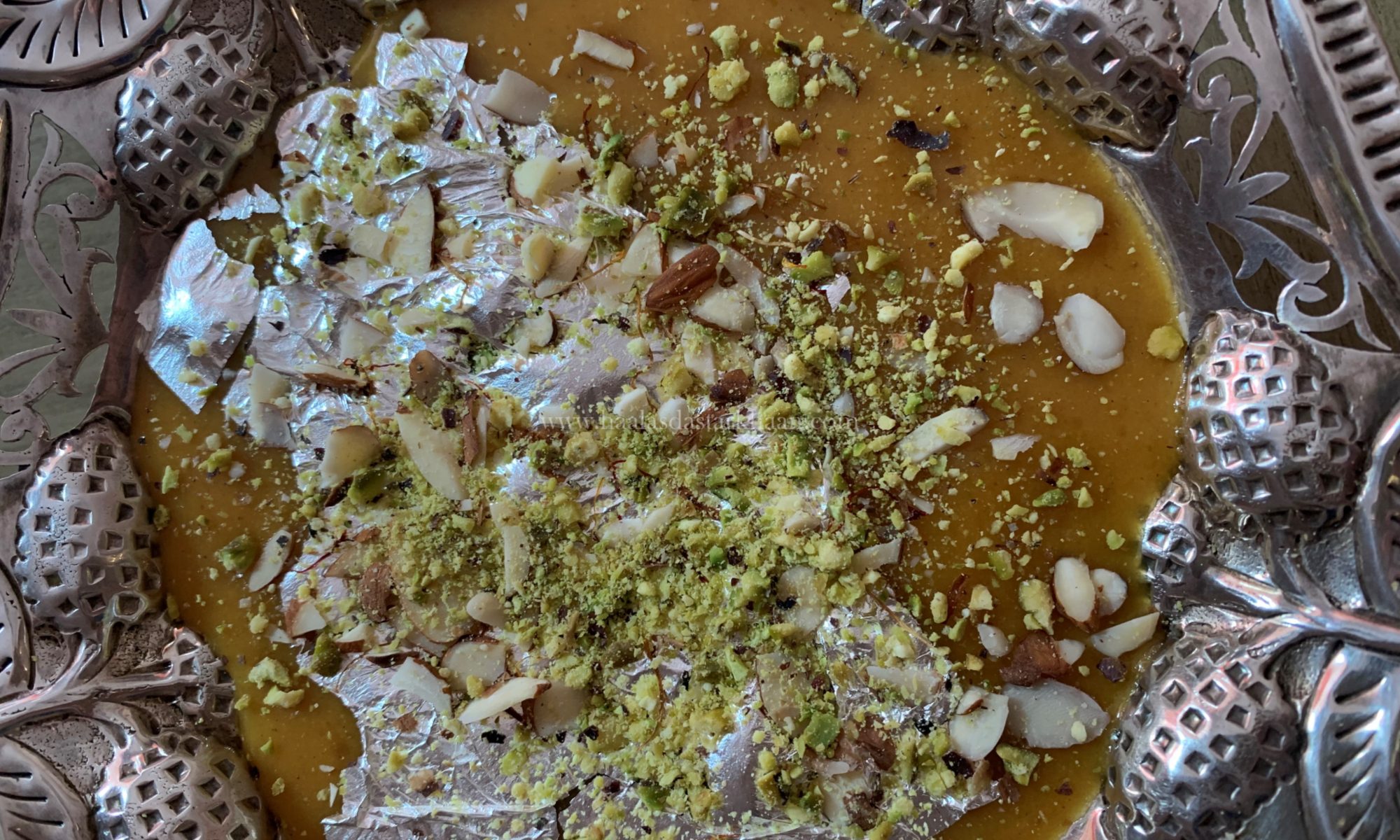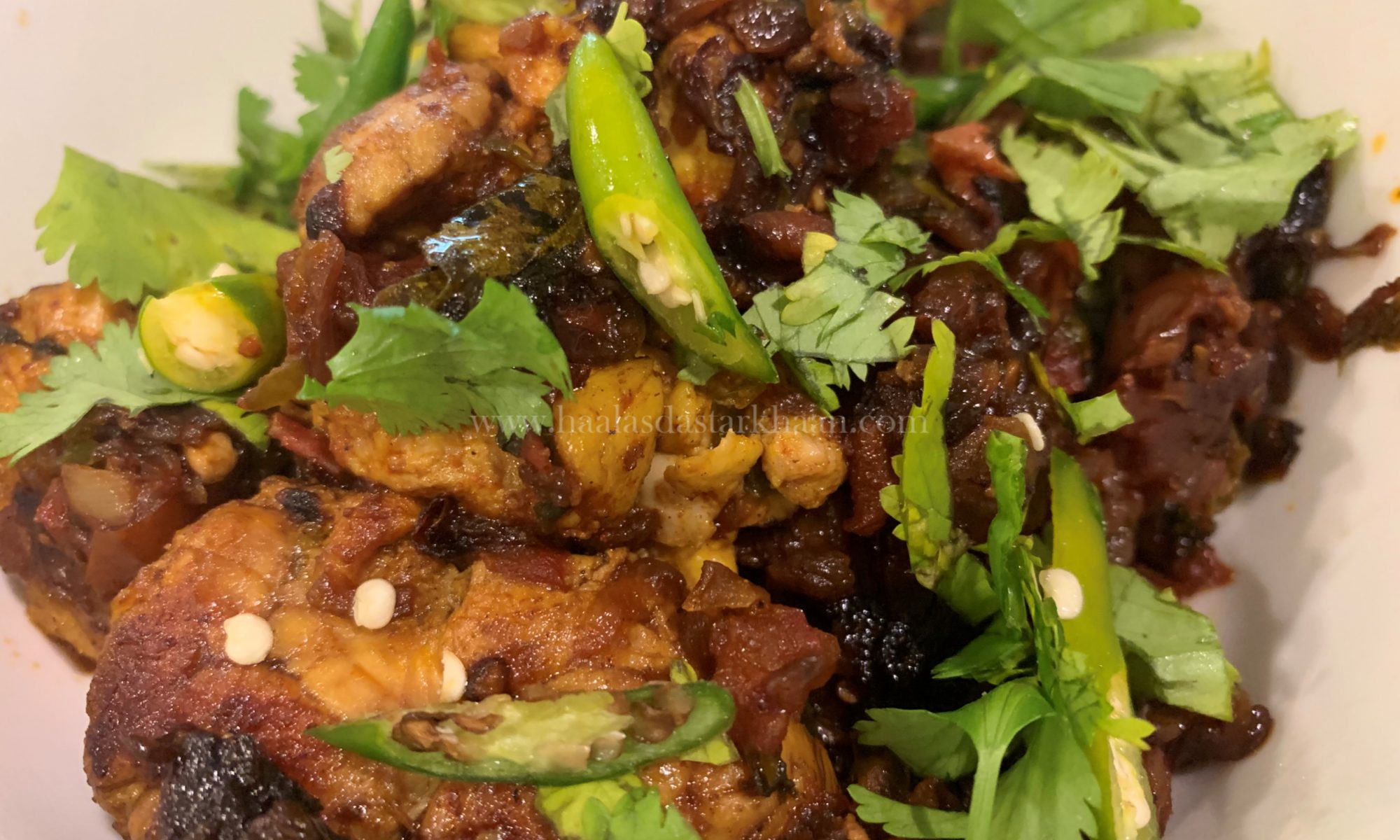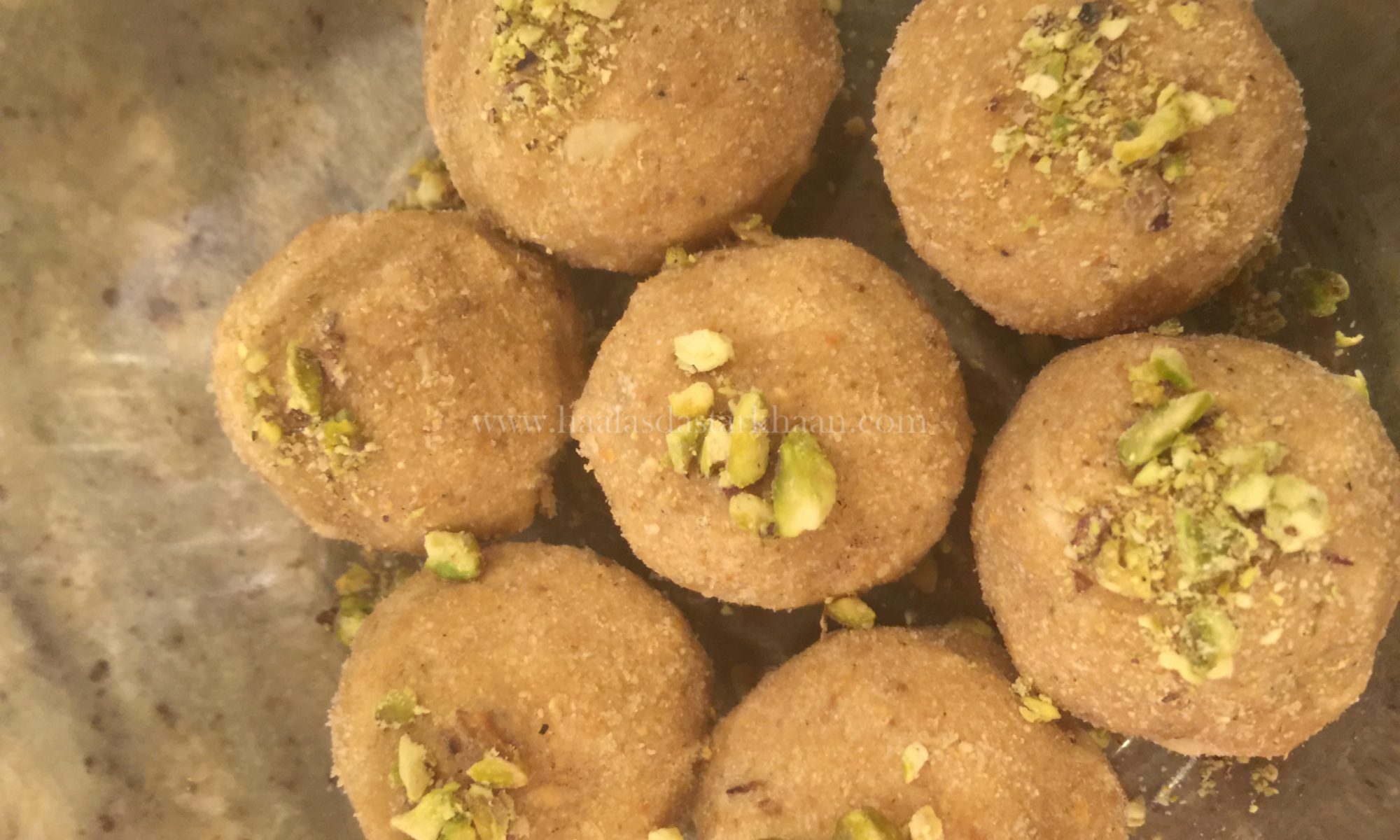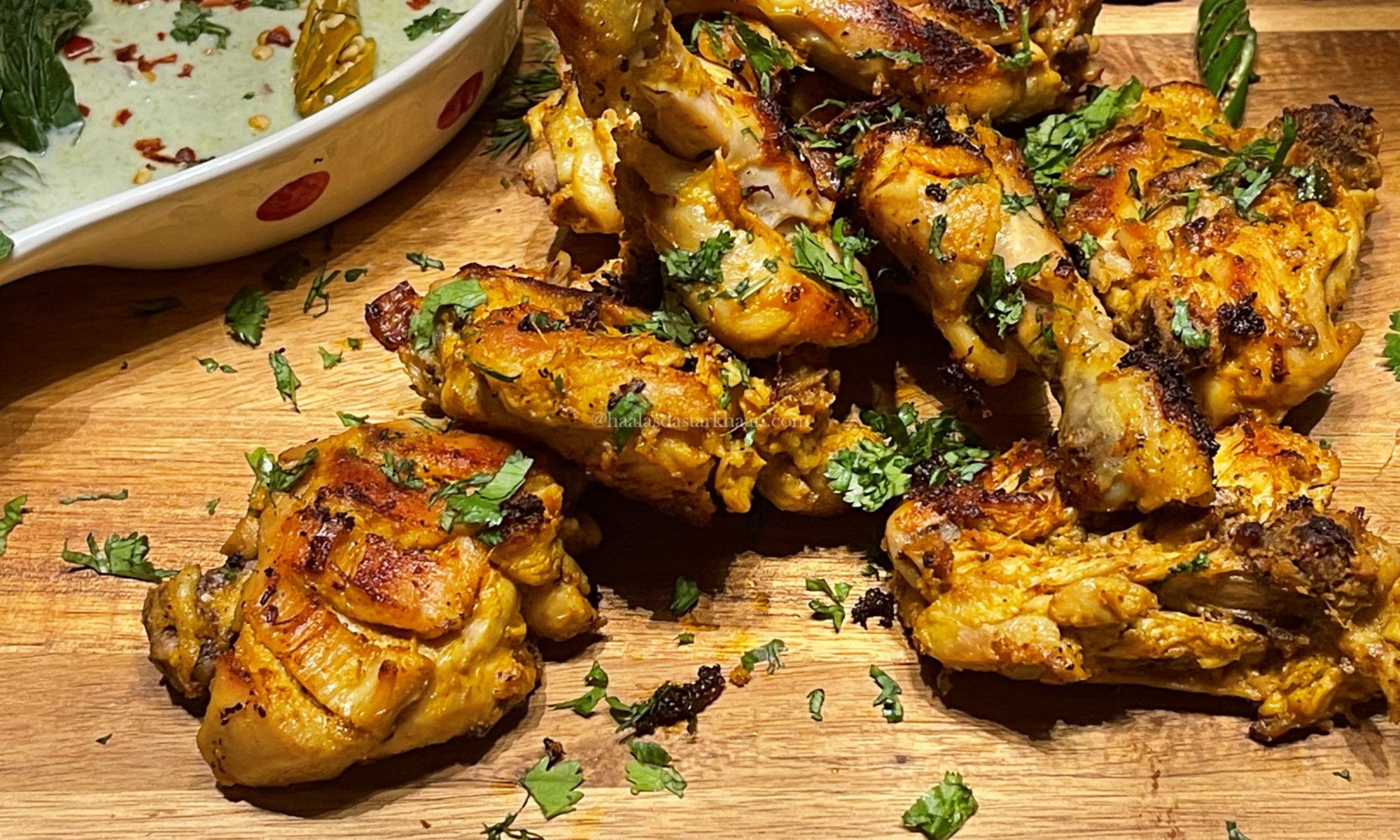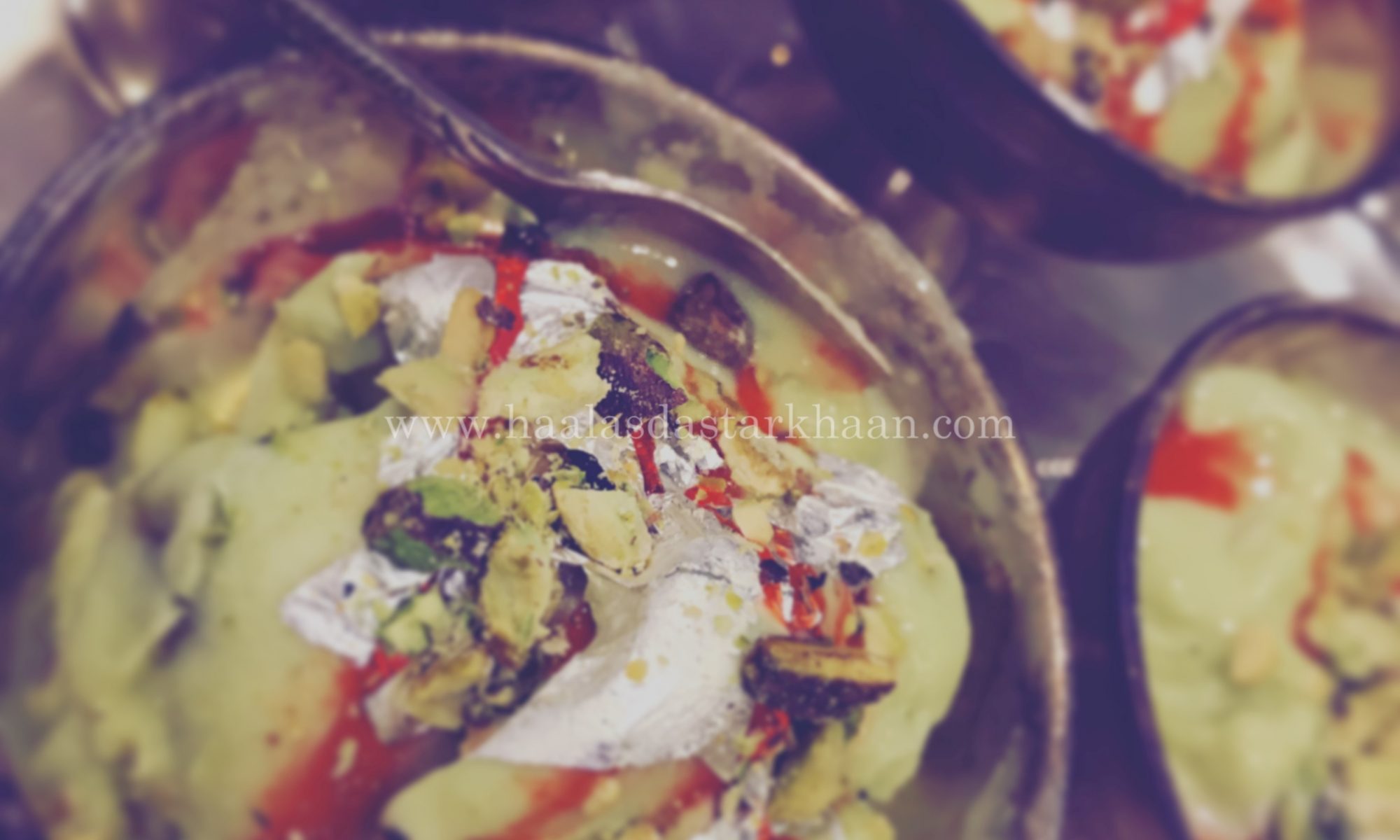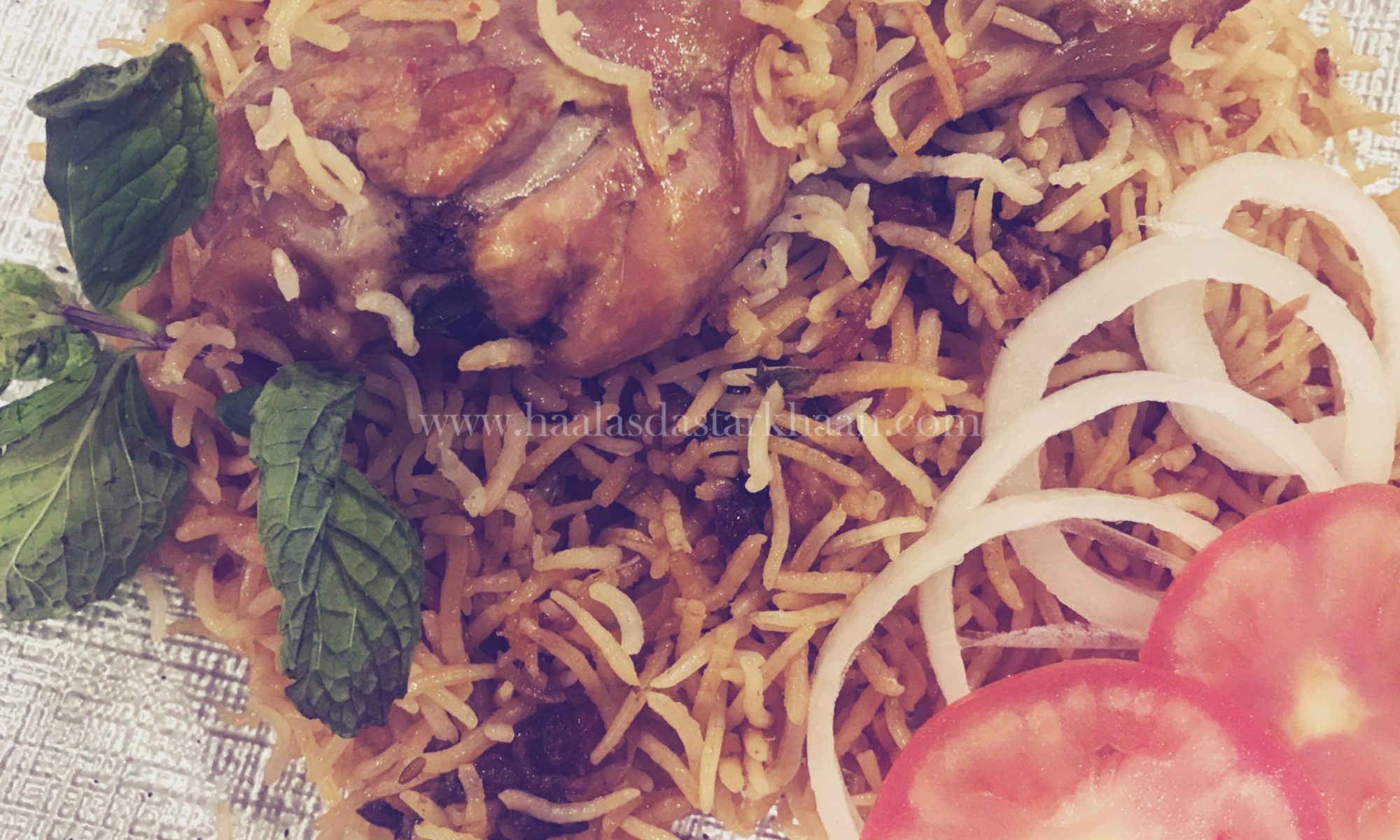I like Fish, in fact love Fish but, I usually prefer them fried, grilled, baked, but never a curry. I think it might be due to the fact that growing up, my mom wasn’t used to making a variety when it comes to fish curry. My hometown never has more than one kind of fish and of course one way of making it, so there was no way it impressed me.
Every time, we traveled to Delhi or Mumbai, we tried prawns and different fish, fried or grilled, but I still could never bring myself to trying the curry. And, that continued well after Mr. Parveez and I got married. He is a big fan of fish curry and it was clear that I was neither going to share it nor I was good at making it. So, from me never attempting to cook a fish curry to enjoying it has been a long and funny journey.
One day, we happened to be at a fancy restaurant with some friends. The restaurant was popular for its seafood. When asked for their signature dish, they suggested some Dry Anchovy curry. I thought I would just stick to the grilled and fried stuff, but you know when you go out with people and they insist that you try something, and even though you don’t like it, its hard to convince people who are eating something extra ordinarily delicious and believe firmly that it would be a dish loving and flavor changing experience for you, and you just have to take some, and so I did. Trust me, that bite was so good that it changed my idea about fish curry altogether.
Since then I have started trying making dry fish curries with different fishes mixing in veggies and the outcome has always been lovely. I still haven’t come down to eating the regular fish curry, but its definitely better than before and you never know, a mind blowing fish curry might make me fall in love with fish curry too. This dish is made with Tilapia boneless fillet, but you can even opt for Sea Bass or striped bass. Try and stick to fish fillet and a fish that does not over power the flavor of veggies and blends in well.
